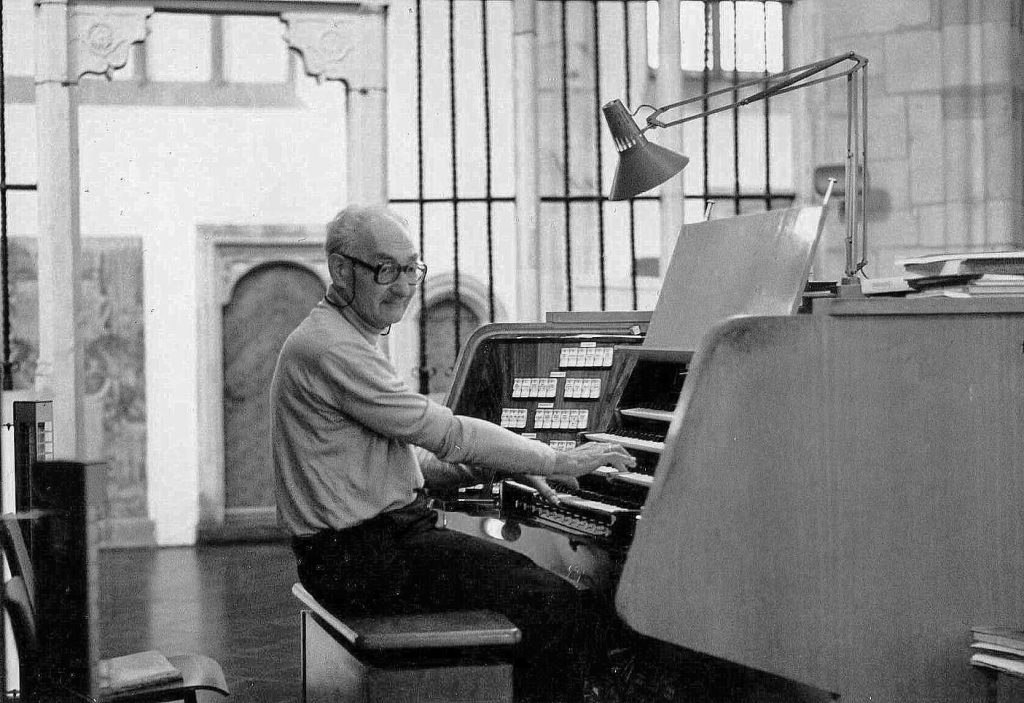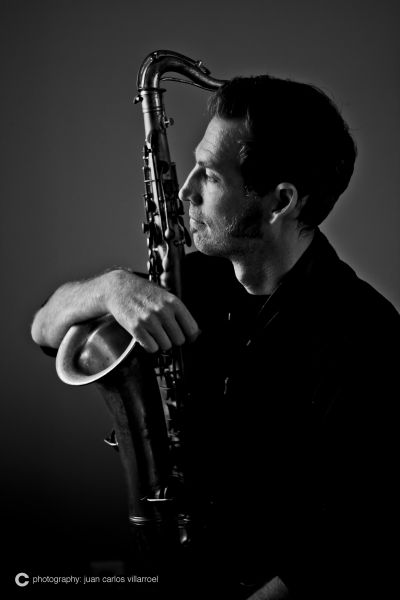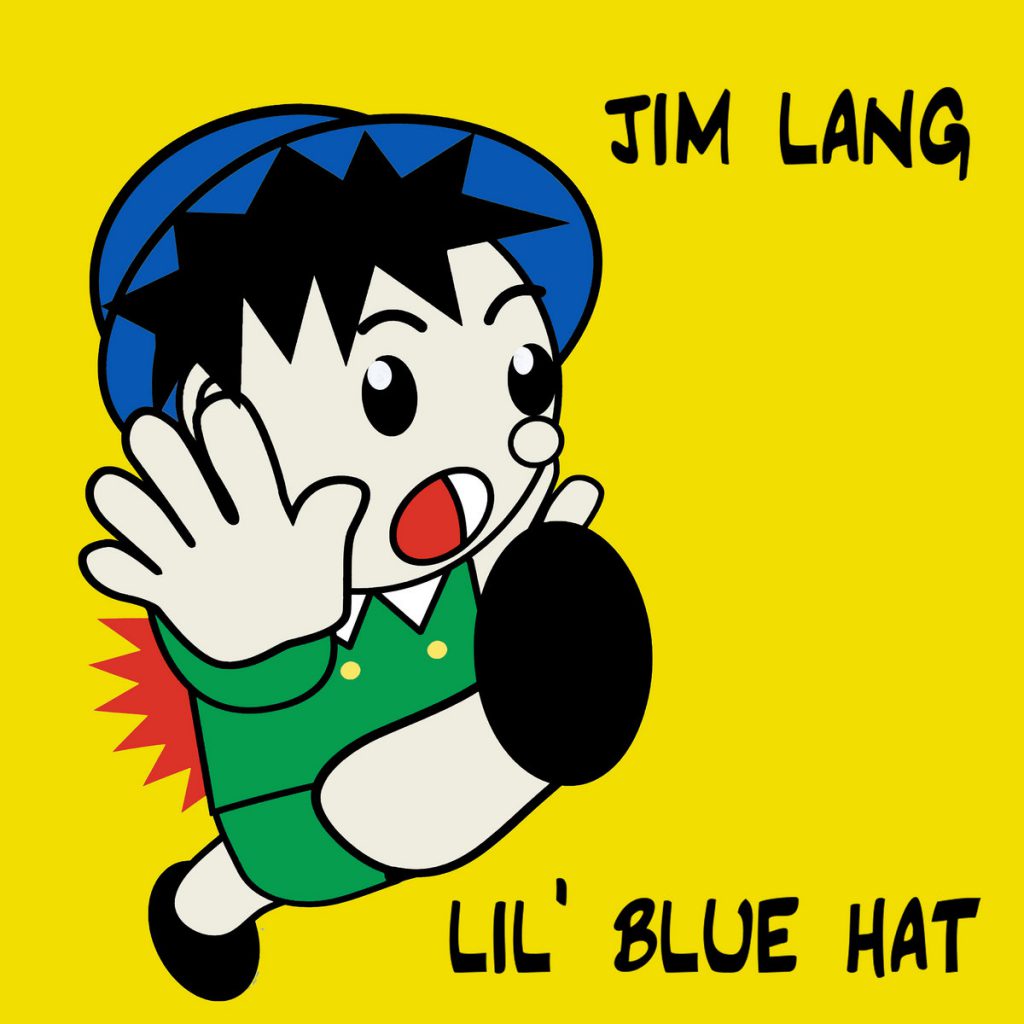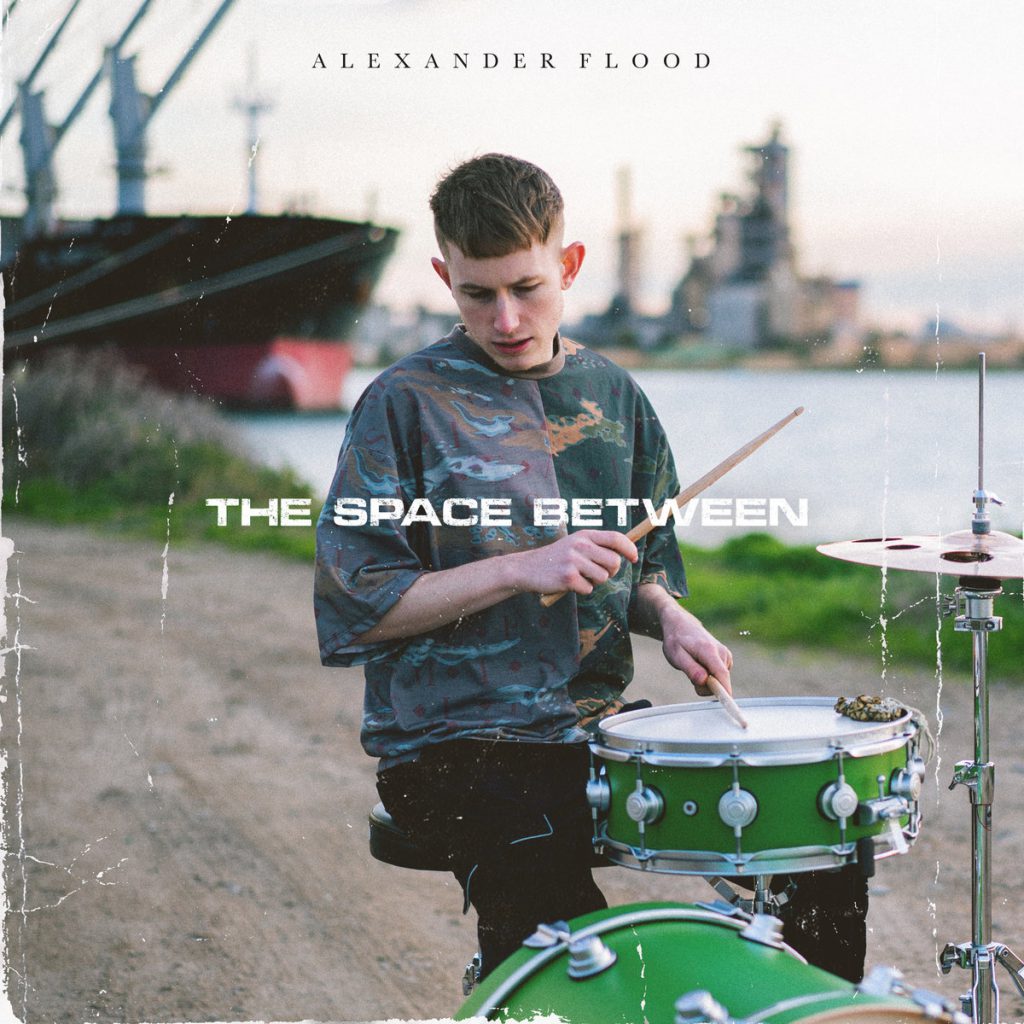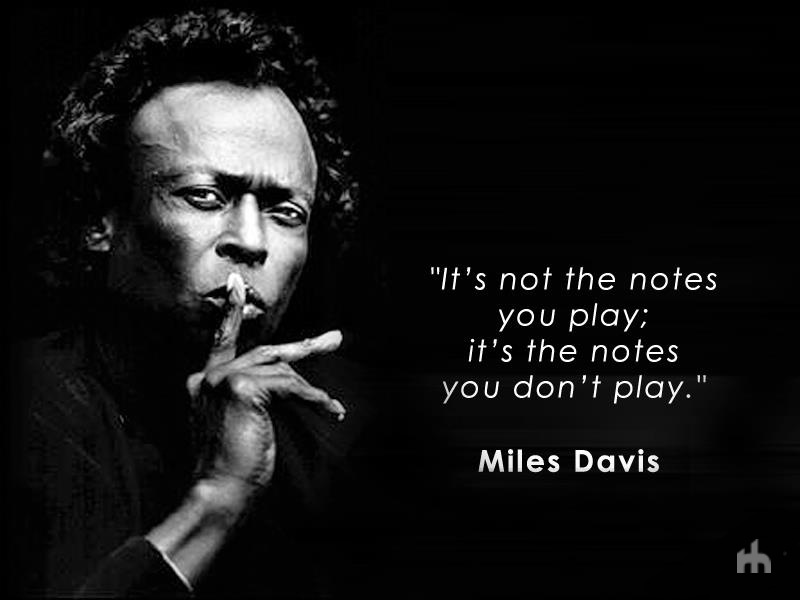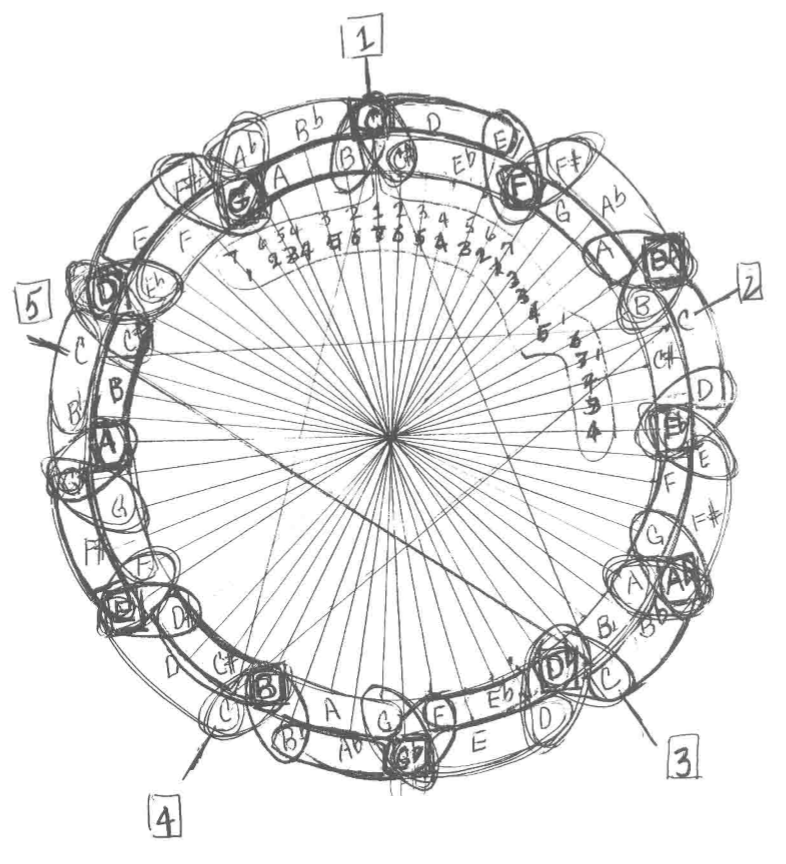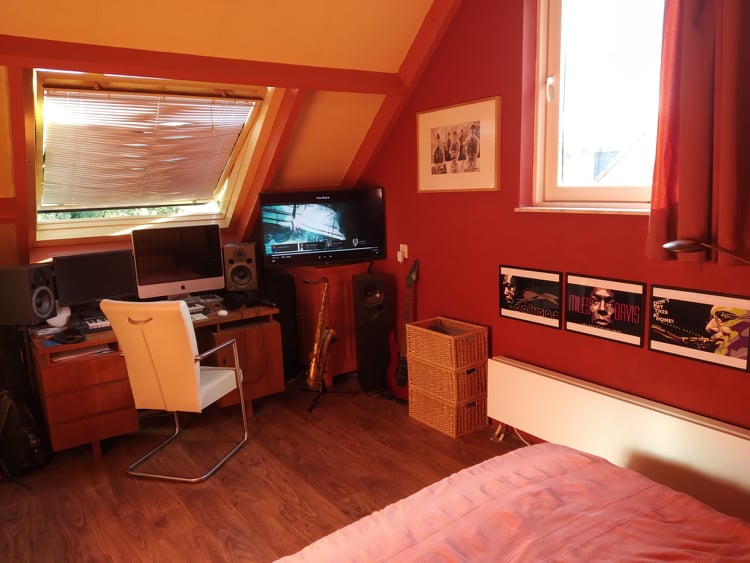Pre-Release Review: “Time To Mind the Mystics” (Dan Bruce’s :beta collective)
This time I am reviewing an upcoming album release. The releases date of “Time To Mind the Mystics” is set for April 29, 2022. Because it has not been released yet, it also has not been made fully public to listen. At present time only 2 tracks can be listened to: “Time To Mind the Mystics” and “The Walk”.
Now, two tracks is not enough to judge the whole album with, so I will call this article a “pre-release review” instead of an “album review”. Just listening to these two tracks I could make some reasonable assumptions though, I think.
The Jazz sub-genre this album could be labeled with would be Jazz-Fusion or “Jazz-Rock”. And with “Jazz-Rock” I do not mean the Funk/Soul/R&B/Pop influenced Jazzrock of the late 70s, 80s and 90s but the earlier (late 60s / 70s) fusion between Jazz and Rock, like the band Brand X (for example a track like Nuclear Burn, 1976) or Tribal Tech (from the 80s) … to just name a few of my favorites from this “Rock-Based Jazz-Fusion” sub-genre.
The overall impression from the two tracks is that they are well played, well recorded and well mixed and mastered. The tracks have a “traditional” Rock-based Jazz-Fusion sound. The low-end (basses/kicks) sound is mixed as is common for Rock music, less “heavy” (phat) then with Funk/Soul/R&B based Jazz-Fusion. In this way the tracks actually also sound more “mainstream Jazz”, acoustic Jazz bands traditionally used Double Bass that – in general – also would not have a “heavy” low-end in the mix.
The founder/band leader of this formation from Minneapolis (Minnesota, USA) is guitarist Dan Bruce. I read in the line-up information about the musicians participating on this album: “Dan Bruce – Ableton Live programming“. In general – with a band that uses Ableton Live for it’s performance – it is used for real-time playing of loops, soundscapes or even electronic beats. In the two audible tracks I did not notice such things, just the musicians doing “their thing”, so perhaps the “programming” is something that was used on the at this moment still non-playable tracks? Perhaps once the album has been released and made public fully I will get the answer to that question.
As former performing saxophonist – but saxophone lover for life – I always pay special attention to what goes on with wind instrumentalists / horn sections. On this album the horn section is 3-man strong: Chris Coles (alto/tenor saxophones), Brad Wagner (soprano/tenor saxophones, bass clarinet) and Caleb Smith (trombone). These guys definitely can play, the sound of their instruments “blends” well together. The horn arrangements are nice, modern, contemporary.
As mentioned before there are only 2 tracks I could comment on, so I’ll not restrain myself in my writing:
“Time To Mind the Mystics”
This track starts very Rock-like, with Dan Bruce “doing his thing” on electric guitar. A nice “touch” is the effect he uses that “digitalizes” his sound, some sort of “modulator” effect. Bit by bit other band members “join in” … Fender Rhodes (Theron Brown), what sounds like alto sax to me (thus Chris Coles), drums (Anthony Taddeo), electric bass (Aidan Plank) … all “free-style” …
Then Taddeo starts with a “old school” Drum ‘n Bass groove followed by what sounds like tenor sax (Brad Wagner) and trombone (Caleb Smith) completing the horn section. Taddeo hitting some latin-like cow bell pattern adds to the grooviness. I like the horn arrangement and “themes” of this piece a lot. Around 03:15 the groove changes and a very tasteful “special chorus” starts: an interaction between between alto sax (Chris Coles) doubled by vibraphone (Will Wedmedyk) with synthesizers (Joel Negus). The groove changes again at the end of this “special chorus” into what sounds to me a bit like a Broken-Beat-Latin-ish Groove.
Dan Bruce comes in with the first solo on this piece, a nice Rock-like guitar solo with warm distortion. A tenor sax solo – from I presume Wagner since Coles plays the alto on this track (if I heard it correctly?) – follows. A nice touch is that he is accompanied only by drums (Taddeo) and electric bass (Plank). That gives it a more traditional Jazz sound, sax – bass – drum trios are not uncommon in Jazz, and even though different of style I directly had to think about the Odean Pope Trio. At the end of the sax solo the rest of the band comes in and they return to the theme, followed by some piano improvisation and Dan Bruce “closing” the piece with some more of that that special effected guitar …
Even though the track is 10:48 minutes long it actually feels short, I think the track could have easily continued a few minutes longer. It is lovely to listen to a track where the musicians have taken the time to “develop” it and a solo can be longer then just taking the chord progression for only a “cycle” or two, as nowadays is common for “radio play formatted” tracks. Thankfully no such formats here!
“The Walk”
This track doesn’t have the Rock infused sound and feel of the albums’ title track. If I need to compare it to anything, then my first thought would be the Charlie Hunter Quartet or perhaps the Jazz-Fusion music by my all time favorite guitarist John Scofield. It starts of with a somewhat “funky” Jazz groove with an “irregular feel” to it. Dan Bruce’s somewhat muted guitar lick sounds “Scofield-ish”.
This piece also has nice horn arrangements and themes. What makes the themes sounds different is that it is played unison by saxophone and melodica (Theron Brown), while Caleb Smith plays a “counterpoint melody” on trombone. It has been mixed and mastered the same way as the title track – a good thing to have a consistent sound throughout an album of course – but personally I would not have minded a little fatter sounding bass and kick. But hé, I’m a sucker for juicy phat basses, so what do you expect?! As with the title track this piece is full of themes, bridges, “special choruses” and what not. You won’t have time to get bored, that is for certain.
The piece has a trombone solo, while in the background saxophones (one panned left, the other panned right) and melodica create “soundscapes”, making it at first sound a little “chaotic”, but if you have listened to it a few times and recognize the various motives, it sort of falls in place. After a guitar-bridge, a tenor sax solo picks up, I think – but I am guessing (nothing is written about who plays what sax solo where on this album) – it’s Coles. The style sound and timing seems a bit different from the title track, where I presumed Wagner played the tenor solo. Coles (I presume for now) style seems a little more “Free-Jazz” like in comparison with the tenor sax solo of the title track. At the end the others come in, as was with the trombone solo. After a short chill full bridge the track “picks up” once more for a short climax-like moment before it breaks down and ends kind of “Scofield-ish”.
I have enjoyed listening to these 2 tracks and I am looking forward to hear what else the album has to offer. If it’s anything like what I heard so far it will be enjoyable too, I’m sure!
For more information about about this album visit one of the sites / profiles linked to below:

